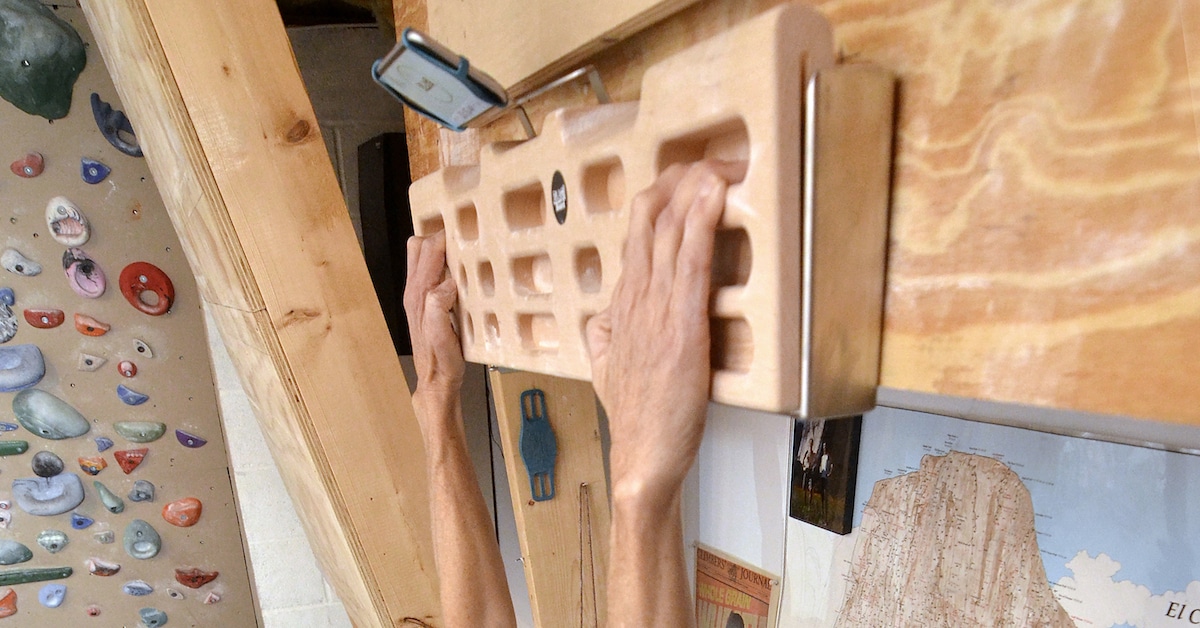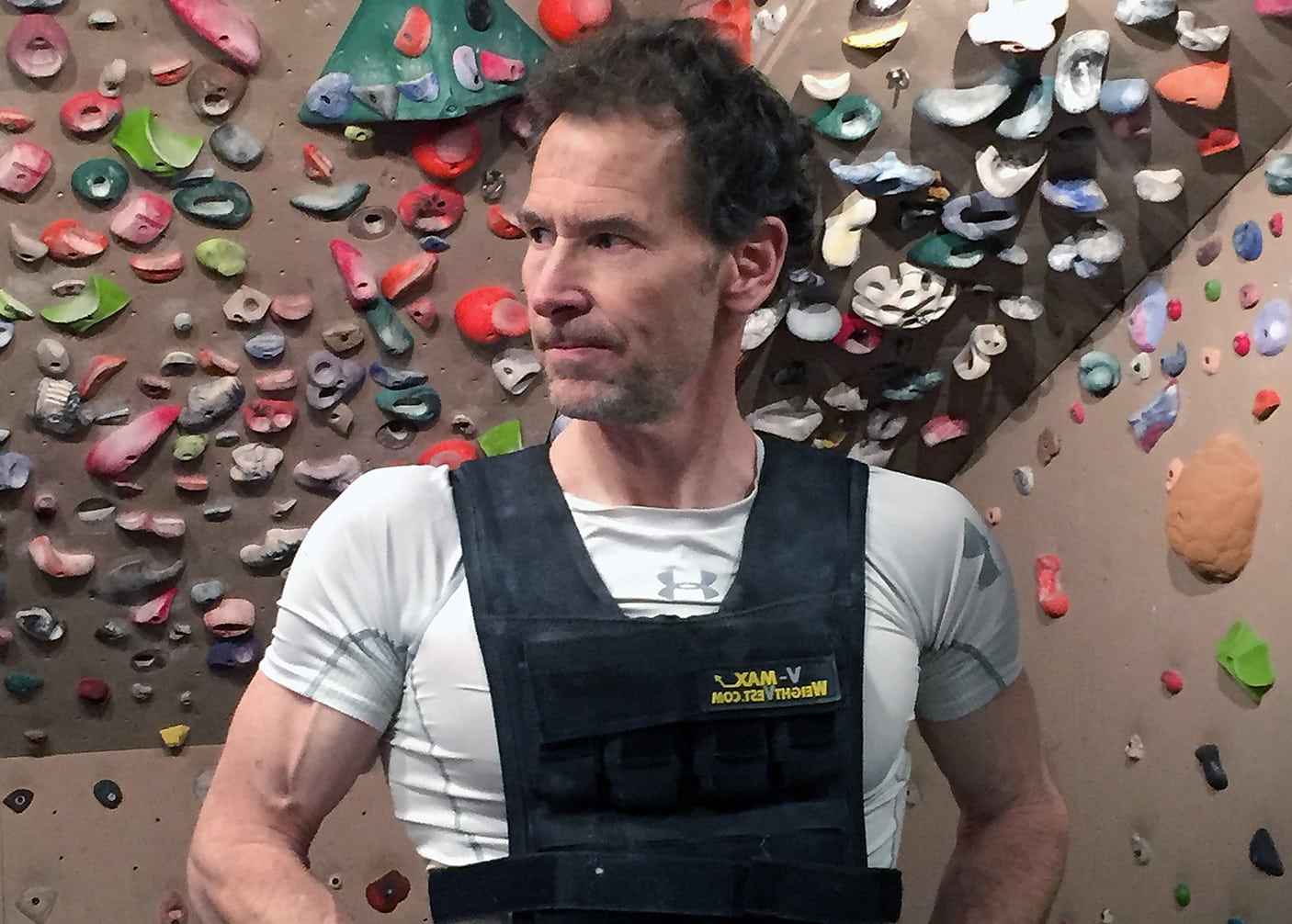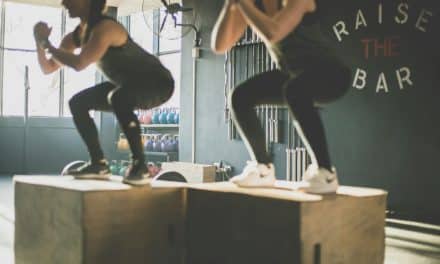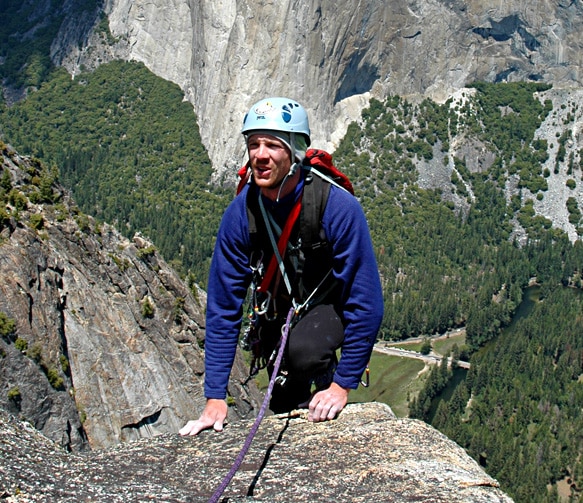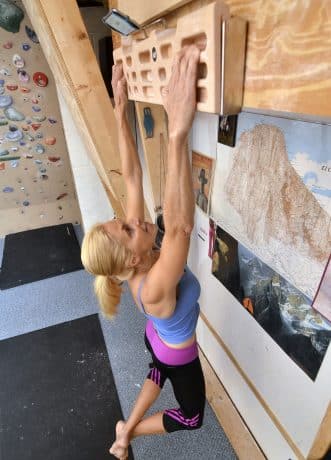
Use these hangboard tests to track your finger strength and endurance as it develops over the course of a smart training program.
Strong climbing comes down to more than just finger strength…but it’s still an essential piece of the puzzle. Put yours to the test with these hangboard assessments designed to measure and track your finger strength and endurance so you can make the most of your training.
While there’s no substitute for time on real rock, hangboards make excellent training partners. Not only that, they’re the perfect tool for testing your finger strength and endurance. Climbs on both plastic and natural rock vary greatly in terms of style, angle, texture, and more—not to mention environmental conditions like weather and crowds that can throw your performance into flux. It’s hard to get an accurate read on your abilities given the inconsistencies at play.
Now, I’m not suggesting that those inconsistencies are something to be avoided. They’re an integral part of the challenge. The inherent variability is a huge part of the reason that climbing is such a sustainably enjoyable sport, a pastime that people dedicate themselves to for decades on end. But when it comes to progression, it’s helpful to have reliable metrics by which to measure your growth. This is where the nature of real rock gets in the way.
On a hangboard, you can block out all that noise. Climbers can perform regular tests of their strength and endurance to gauge their progress over the course of a training regimen. The data can provide clear information about what’s working, what’s not, and what you can change about your training to get yourself up to speed. Or, maybe you’re flailing on your project without knowing exactly why. Hangboard testing can help uncover hidden weaknesses in strength and endurance that might offer some insight on what’s going on.
Either way, put your finger strength and endurance to the test with these three protocols. Track your progress by performing them at regular intervals throughout a training cycle or every few months during a projecting season.
Finger Strength Test
This test measures your maximum finger strength. You’ll strap weight to your body via weights hanging from your harness, and hang for five seconds from the 10 millimeter edge on a hangboard in a half-crimp grip (i.e., no thumb lock!).
The goal is to determine the max amount of weight that you can add to your hang. It’ll likely take a few rounds to pinpoint your limit. Make sure to warm up very well before starting the test—maximum hangs are strenuous on the fingers. Rest three minutes between every attempt as well, so you can go into each one fresh.
For reference, elite climbers can often successfully perform this test with ⅓ of their bodyweight added on. Work toward this metric!
Finger Endurance Test #1
It’s not all about brute strength; how long you can hang under strain makes a difference in performance too. This hangboard test measures your endurance on a 10 millimeter edge throughout a series of five-second hangs, rather than just one at your absolute limit. No added weight this time, either—just you and the hangboard.
The goal here is to measure blood flow through the forearm flexors. This simulates the experience of climbing a continuously difficult route with little opportunity for rest. Again, warm up well to prepare your muscles and tendons for the upcoming stress. Have a partner time you, or set up a stopwatch where you can easily see it from your position at the hangboard. Precision is key to an accurate assessment, so don’t lose sight of the clock. Hang in five-second intervals (5 seconds on, 5 seconds off) for as long as you can. Keep the same half-crimp grip without allowing your thumb to fold over your fingers and lock them in place.
The test ends when you can’t sustain the pattern anymore. How many rounds can you endure?
Finger Endurance Test #2
While the previous test targets power-endurance, this hangboard test measures your stamina. We’re looking at your anaerobic lactic energy system here.
Don’t skip the warm up (need I say it again?) to avoid getting flash-pumped during this strenuous test. When you’re good and ready, hang from a 20 millimeter edge for as long as you can. Simple, but far from easy. Don’t underestimate the larger edge; the pump will escalate rapidly until 20 millimeters feels like two!
Expect to hang in a half-crimp for anywhere between twenty seconds and two minutes. Moderately advanced climbers average 45 seconds per hang, while advanced climbers at the 5.13 level usually range from 60 to 90 seconds. Elite climbers go on to push the two minute mark.
These tests don’t measure everything that’s important for strong climbing—far from it. But, there’s no denying that finger strength has a direct relationship with climbing performance. Keep tabs on yours to keep your training on track.
Related Articles:
- Training Finger Strength with a Hangboard
- Intro to Hangboard Training
- Video: Intro to Hangboard Training for Finger Strength and Endurance
- Advanced Hangboard Training Techniques
- Video: 7/53 Hangboard Training Protocol
Copyright © 2000–2023 Eric J. Hörst & Lucie Hanes| All Rights Reserved.

